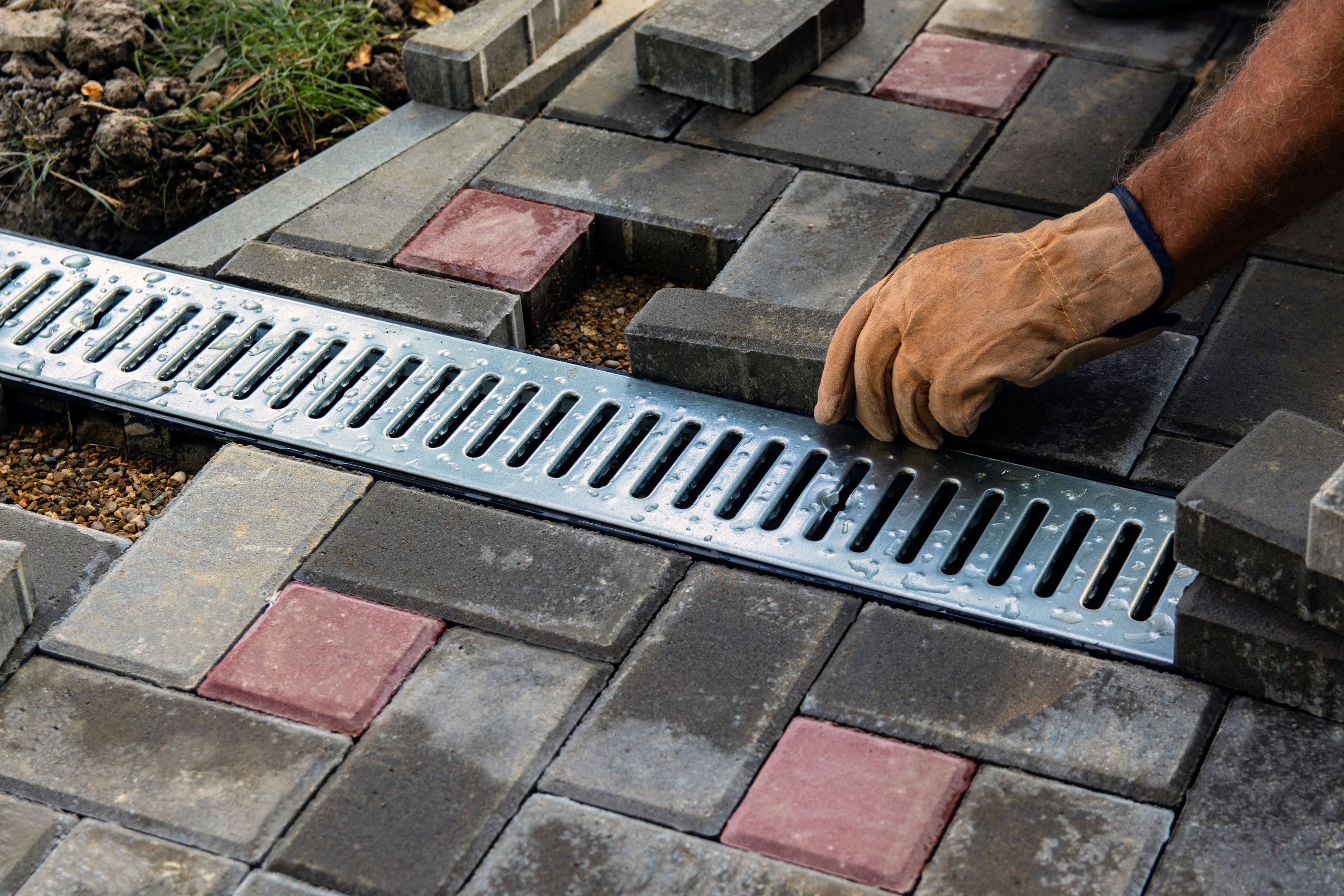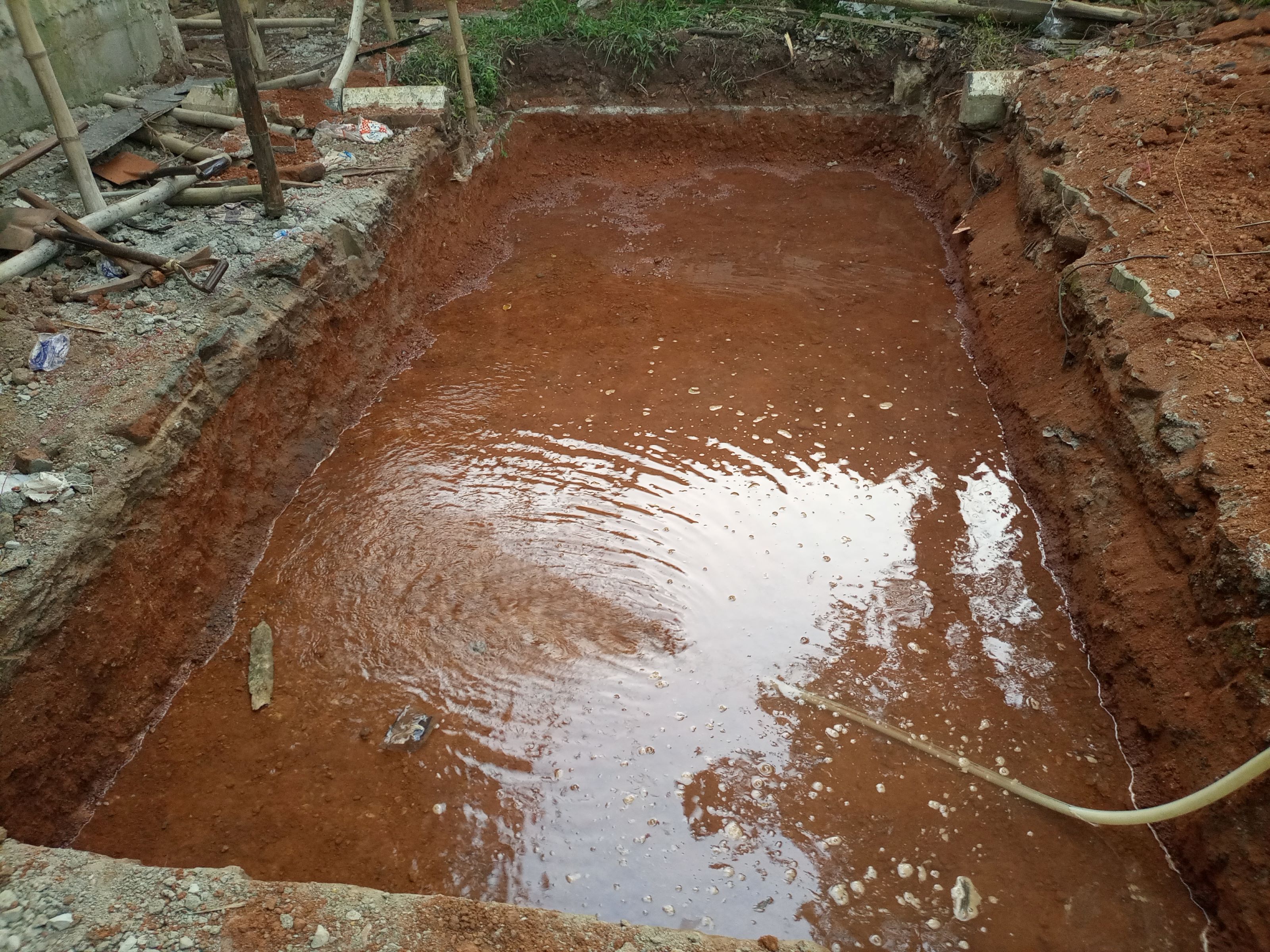Do you have a soakaway? How to claim a surface water drainage rebate on your water bill
You may well be overpaying on your water bill if you have a soakaway or other surface water drainage system. Here's how to apply for a rebate — which you can even backdate six years

You may be eligible for a surface water drainage rebate if you have a surface water drainage system like a soakaway installed on your property. While not particularly well publicised, those of us who live in homes with rainwater drainage systems that do not feed into public drains may be paying a fee for surface water drainage in their water bill unnecessarily.
And it's not simply about avoiding overpaying on your future water bill payments — you can also backdate your claim as far back as six years with some water companies. In this guide we explain what the surface water rebate is in more detail as well as whether you might be eligible for money back and how to put in a claim.
What is the surface water drainage rebate?
The surface water drainage rebate is a way households can claim back any money paid for surface water drainage when the service was not used, as well as being exempt from any future surface water drainage payments on their water bill.
Households in the UK typically pay a surface water drainage fee as part of their sewerage on their water bill. This is to pay for when rainwater drains from your property into a public sewer, explains water regulator Ofwat. This includes water that flows through gutters or that runs into the road and ends up in a company-owned sewer. This surface water drainage charge is based on either:
- a fee in the standing charge
- a volumetric charge based on the amount of water you use
- a charge based on the rateable value of your property
- through a charge related to the type of property you live in
But if water from your property goes somewhere that's not a public drain, such as a soakaway or a natural watercourse or pond, you should not be paying and could therefore qualify for a rebate. We have an in-depth explanation about 'What is a soakaway?' in our extensive explainer.
“If rainwater does not drain from your property into a public sewer, because you have a soakaway or similar, you may be entitled to a surface water drainage rebate,” Ofwat states.
It's important to note the difference between foul water sewerage charges and surface water sewerage charges here. Having a septic tank alone would usually only make your home exempt from foul water charges rather than surface water charges. You can read more about 'What is a septic tank? in our guide.
Do I qualify for a surface water drainage rebate?
A soakaway is simply a hole dug into the ground, filled with rubble or crates, which allows surface water to percolate back into the earth in a measured way.
You would qualify for a surface water drainage rebate if you have a soakaway on your property where rainwater and other surface water (from washing your car for instance) would drain into.
You would also qualify for a rebate if surface water from your property is diverted into a watercourse or pond, essentially any accepted means whereby surface water from your property does not flow into public drains. Bear in mind if surface water from your home flows into the road and ends up in a company-owned sewer, it is still covered under the charge.

Is the surface water drainage rebate automatic?
No, water companies do not know the surface water drainage arrangements of all the individual properties in its area. This means that you usually need to make an application for a rebate.
If you qualify and submit a successful application you will not be charged for surface water drainage on future bills and some of the amount you paid previously may be refunded if you are able to demonstrate that you did not use surface water drainage in the past.
How do I claim a surface water drainage rebate?
You should apply to your water company with whatever details it needs to give you the surface water drainage rebate. Each company has a different form for submitting your request, but here are some of them below:
- Anglia Water's surface water drainage rebate form
- Southern Water surface water drainage rebate form
- South East Water surface water drainage rebate form
- South West surface water drainage rebate (no form just a phone number)
Your company should explain the kind of evidence that it would need to see. They will check whether you qualify and if you do they should be removed from your bill and will save you about £35 a year, according to the Consumer Council for Water.
Can I backdate the surface water drainage rebate?
As well as removing the money from your future bills, you could also be entitled to a rebate on some of the previous charges – up to six years’ worth for some – you have already paid. This is usually assessed at the same tie as your surface water drainage rebate application.
Water bills can be a huge drain on a household’s resources and high bills a headache for those already dealing with high energy costs and rising food prices. If you are looking for more ways to save money on your water bill, please take a look at our guide on help with water bills.
Get the Homebuilding & Renovating Newsletter
Bring your dream home to life with expert advice, how to guides and design inspiration. Sign up for our newsletter and get two free tickets to a Homebuilding & Renovating Show near you.
Sam is based in Coventry and has been a news reporter for nearly 20 years. His work has featured in the Mirror, The Sun, MailOnline, the Independent, and news outlets throughout the world. As a copywriter, he has written for clients as diverse as Saint-Gobain, Michelin, Halfords Autocentre, Great British Heating, and Irwin Industrial Tools. During the pandemic, he converted a van into a mini-camper and is currently planning to convert his shed into an office and Star Wars shrine.

